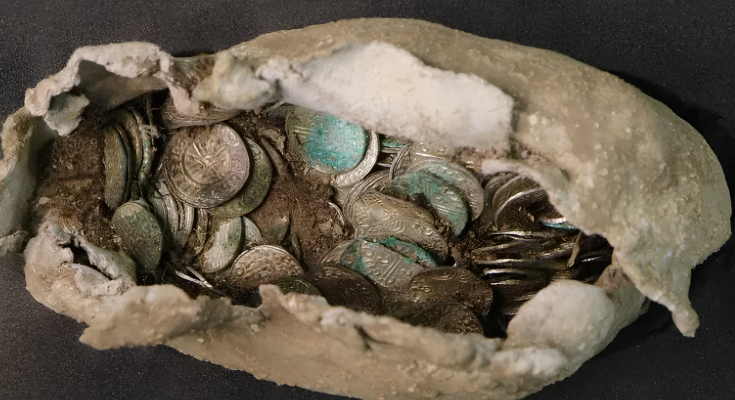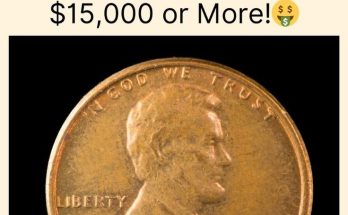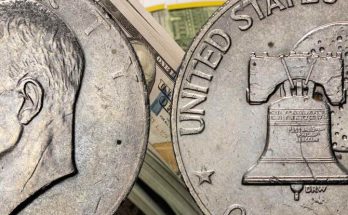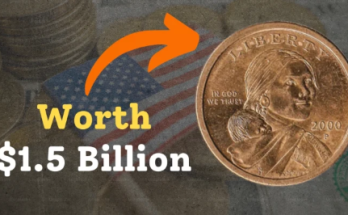A hoard of coins dating back to the 11th Century has been found at the site of a future nuclear power station.
Oxford Cotswold Archaeology discovered a lead package containing 321 silver coins in mint condition during excavations at Sizewell C on the Suffolk coast.
The team believed the bundle of coins could have been the savings pot of a local figure, fearing regime changes following the coronation of Edward the Confessor in 1042.
Archaeologist Andrew Pegg said he was shaking when he found the coins.
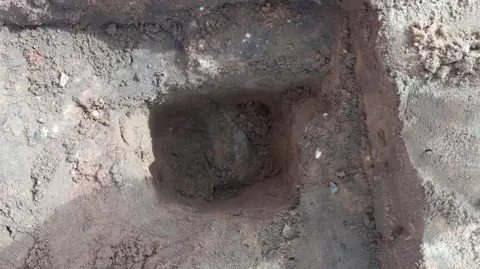 Oxford Cotswold Archaeology
Oxford Cotswold Archaeology“I was shaking when I first unearthed it, seeing a single coin edge peeking at me,” he recalled.
“A perfect archaeological time capsule.
“The information we are learning from it is stunning and I’m so proud to have added to the history of my own little part of Suffolk.”
Mr Pegg referred to the collection as “the pasty” due to the coins being wrapped in a lead bundle barely bigger than a Cornish pasty.
The discovery will feature on the new season of Digging for Britain on BBC Two and iPlayer at 20:00 GMT.
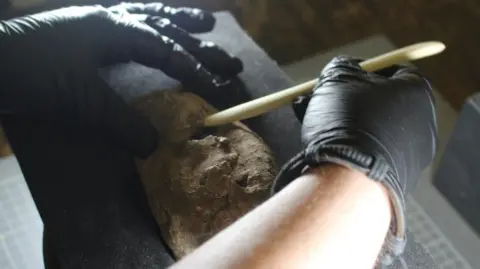 Oxford Cotswold Archaeology
Oxford Cotswold ArchaeologyThe coins date between 1036 and 1044 during the reigns of Harold I, Harthacnut and Edward the Confessor.
A large number of them were minted in London, but others were struck at locations including Thetford and Norwich in Norfolk, as well as more locally in Ipswich and further away in Lincoln and Stamford in Lincolnshire.
The archaeologists said it represented a substantial amount of money to most people of the time and likely belonged to someone of middle status, rather than anyone of very high status or national importance.
However, they do not know why the collection was never retrieved.
It was likely the owner was prevented from returning to the location, they potentially died before they could return or they were unable to relocate the exact spot they buried the coins in, it was theorised.
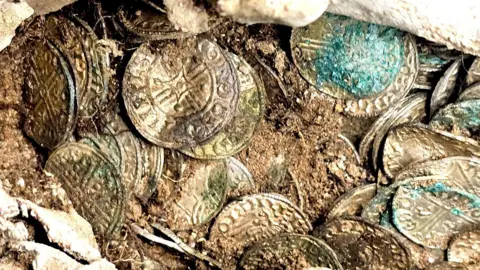 Oxford Cotswold Archaeology
Oxford Cotswold ArchaeologyDamian Leydon, site delivery director at Sizewell C, said the find was “extraordinary”.
“This project provides a rare and fascinating glimpse into Suffolk’s rich history, deepening our understanding of this part of Britain,” he added.
“In partnership with Oxford Cotswold Archaeology, we plan to make these discoveries as accessible to the public as possible.”
Other finds have been made at the site, including World War Two artefacts and an Iron Age wooden axle from a chariot or cart.
